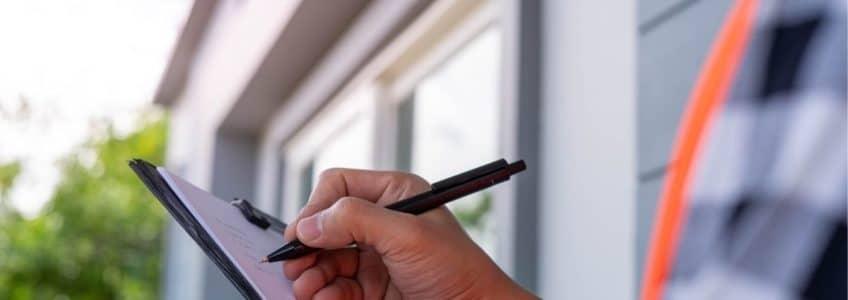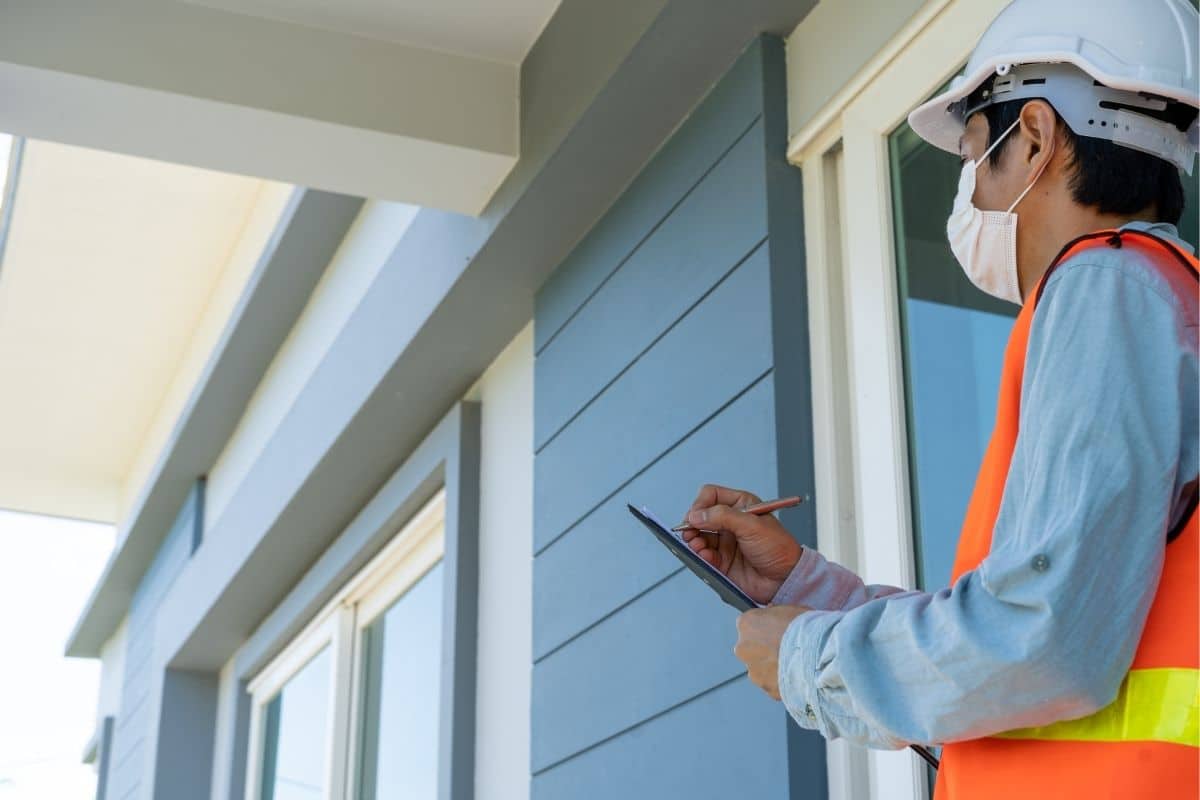
After a severe hailstorm, most homeowners first check the roof. But the siding often gets overlooked, which can be a costly mistake. Siding protects your home from water, wind, and extreme temperatures. Those vulnerabilities can lead to moisture problems, insulation damage, and mold if it’s cracked, dented, or loosened during a storm. That’s why we always recommend a thorough siding inspection checklist after hail damage to ensure your home stays safe and secure.
Why You Should Take Hail Damage to Siding Seriously
Hailstones can strike your siding with enough force to chip paint, crack panels, and create deep dents. Even minor defects can weaken the protective barrier your siding offers. These issues can lead to much larger repair problems if they are not addressed early on.
We’ve worked with countless Minnesota homeowners after major storms, and one thing is always true: the sooner you identify siding damage, the easier and less expensive it is to fix. Using a structured approach to inspection helps avoid overlooked problems and gives you a solid foundation if you decide to file an insurance claim for siding damage.
Step-by-Step Siding Inspection Checklist After Hail Damage
A detailed inspection can help you assess the extent of the damage and decide if repair or full replacement is necessary. Here’s what we recommend during every inspection.
Step 1: Walk the Entire Perimeter of Your Home
Start with a complete exterior walk-around. Inspect every side of your home since hail can strike unevenly depending on wind direction.
- Check for debris or broken branches around the siding.
- Look for any areas where siding panels appear loose or detached.
- Take notes or photos of anything that looks unusual.
A complete visual overview sets the foundation for a more focused inspection of individual panels.
Step 2: Look for Cracks, Chips, and Holes
One of the most common forms of hail damage is small cracks or holes in the siding surface. These can allow water to get behind the panels, which may lead to mold or wall damage over time.
- Focus on corners, joints, and seams.
- Check vinyl siding for fractures and splits.
- Inspect fiber cement and aluminum siding for punctures or chipped paint.
Siding holes and cracks should always be addressed quickly to prevent further deterioration.
Step 3: Identify Dents or Warped Panels
Dents may seem like a cosmetic issue, but they can indicate a weakening of the siding material. Warped panels might also suggest underlying water infiltration or improper installation, which the hailstorm worsened.
- Gently press on any areas that appear uneven or bulged.
- Look for subtle dimples under direct sunlight.
- Examine overlapping areas for signs of stress or buckling.
If multiple panels are affected, this may be a sign that a whole section needs to be replaced.
Step 4: Check for Discoloration and Fading
Hail can scrape off the outer coating of paint or protective finishes on siding. Over time, this leads to fading, UV damage, and vulnerability to moisture.
- Look for inconsistent coloring on the siding surface.
- Compare areas under eaves or awnings to exposed spots.
- Check for a chalky residue when you run your hand along the siding.
Ultimately, these indicators are crucial signs that your siding needs replacement. They suggest it has lost weather-resistant qualities and may require refinishing or a complete replacement.
Step 5: Inspect the Inside of Your Home for Signs of Moisture
If hail damage to your siding has already led to leaks, you might notice symptoms indoors.
- Look for water stains or bubbling paint on interior walls.
- Check for musty smells or signs of mildew around baseboards.
- Examine the attic or crawl spaces for damp insulation.
Moisture inside the home after a storm can indicate a siding breach, even if it’s not visible outside.
What to Do If You Need Siding Repairs or Replacement
If your siding inspection checklist after hail damage reveals any serious issues, acting quickly is essential. Repairs might be sufficient for isolated damage, but if the siding is older or damage is widespread, complete replacement may be the more brilliant long-term solution.
We’ll explain the pros and cons of all your options and help you select siding materials that will withstand Minnesota’s severe weather in the future. In many cases, siding problems occur alongside other exterior concerns such as window damage and energy loss, which makes a comprehensive inspection even more important.
When to Call a Professional for a Siding Inspection
Some hail damage is easy to spot, but other problems are hidden beneath the surface. That’s why we always recommend having a professional siding inspection if you notice any signs of damage or suspect your home may have been affected.
We use tools and techniques that go beyond visual inspection to assess the actual condition of your siding. We also provide documentation and repair estimates if you plan to file an insurance claim.
Keep Your Siding Storm-Ready

A reliable siding inspection checklist after hail damage ensures you catch problems early and avoid more extensive repairs later. Regular inspections, especially after major storms, help protect your home and extend the life of your siding system.
If your siding has been damaged or you’re unsure about your home’s exterior condition, contact Advantage Construction today for a free inspection. We specialize in siding installation, storm damage repair, and comprehensive exterior services for residential homes, townhomes, and commercial properties. Our dedicated team is here to assist you in restoring your siding and protecting your property from future storms.
